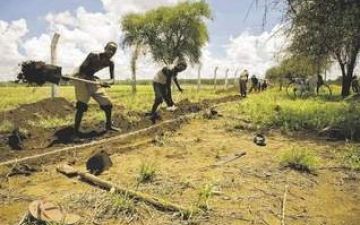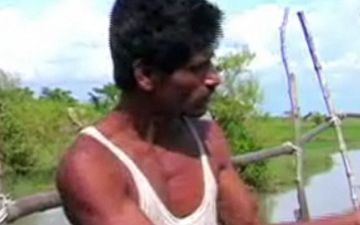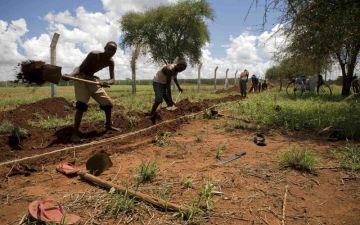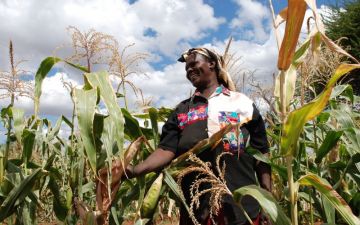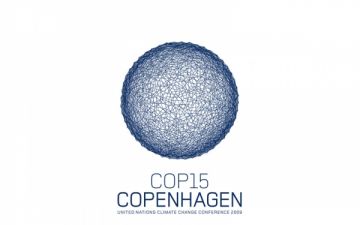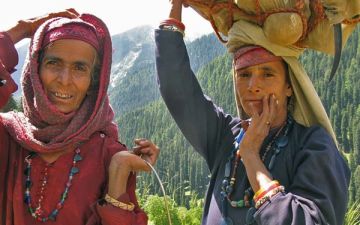Kenya: Rift Valley Wasteland
I grew up in western Texas and covered the Midwest's devastating drought of 1988. I know what a drought looks like, but I've never seen anything like the devastation to a portion of the Rift Valley near the Tanzania border that I visited today in pursuit of corn farmers.
